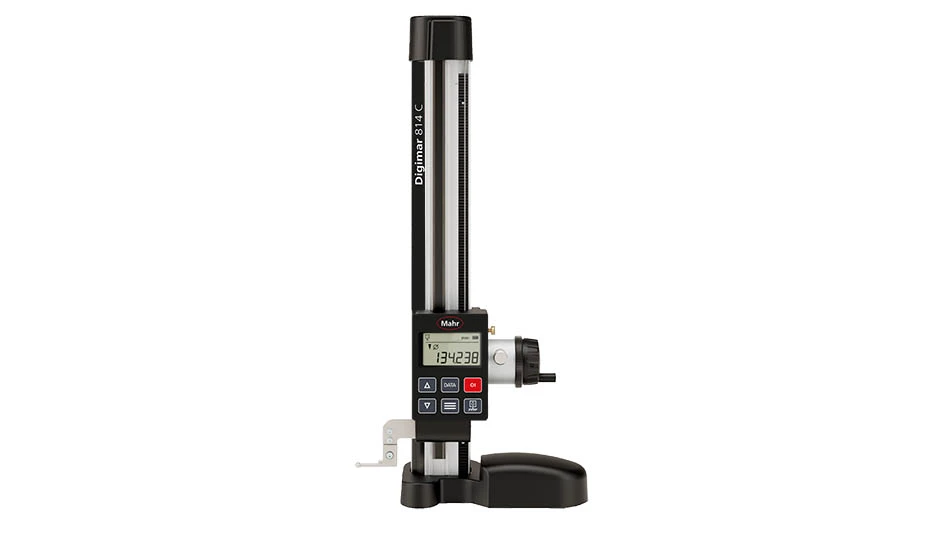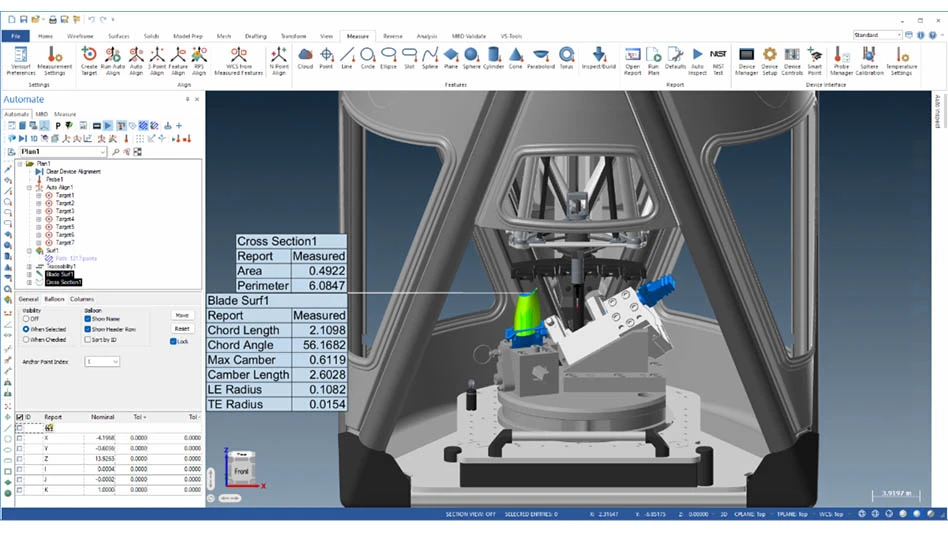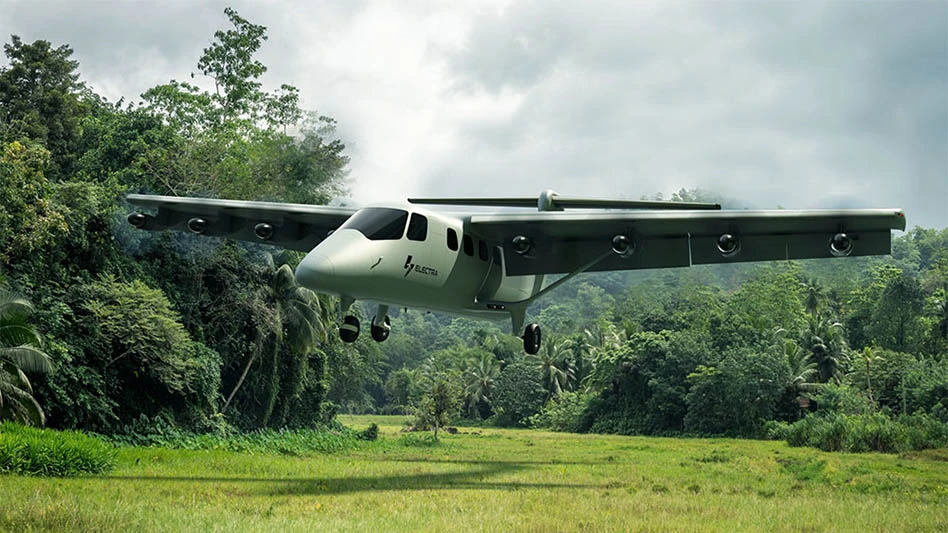
NASA’s remotely-piloted Ikhana aircraft, based at the agency’s Armstrong Flight Research Center in Edwards, California, flew its first mission in the National Airspace System without a safety chase aircraft. The flight moves the United States one step closer to normalizing unmanned aircraft operations in the airspace used by commercial and private pilots.
Flying large, remotely-piloted aircraft over the United States opens the doors to services from monitoring and fighting forest fires to providing emergency search and rescue operations.
Flights of large unmanned aircraft such as Ikhana have traditionally required a following safety aircraft in airspace used by commercial aircraft. The Federal Aviation Administration (FAA) granted NASA special permission to conduct the flight, letting Ikhana’s pilot rely on the latest detect and avoid technology, enabling the remote pilot on the ground to see and avoid other aircraft.
Ikhana used airborne radar developed by General Atomics Aeronautical Systems Inc., a Honeywell traffic alert and collision avoidance system, a detect and avoid fusion tracker, and automatic dependent surveillance-broadcast capability – a surveillance technology where the aircraft determines its position via satellite navigation and periodically broadcasts this information so other aircraft can track it. https://go.nasa.gov/2sx9VCn
Boeing HorizonX invests in Kittyhawk software
Boeing is investing in a software startup that is developing a unified approach to the safe operation of commercial unmanned aircraft systems (UAS). Kittyhawk, in San Francisco, California, will support
Kittyhawk has developed enterprise software and mobile apps that integrate real-time UAS flight operations and management solutions in one platform. It is partnering with Boeing subsidiary Jeppesen to expand unmanned operations by participating in the U.S. Federal Aviation Administration's (FAA) Low Altitude Authorization and Notification Capability (LAANC), a collaborative effort to create UTM processes that integrate unmanned aircraft, cargo delivery, and beyond-visual-line-of-sight operations safely into the airspace.
HorizonX Ventures invests in companies specializing in technologies for aerospace and manufacturing innovations, including autonomous systems, energy storage, advanced materials, augmented reality systems and software, machine learning, hybrid-electric propulsion, and
Interior Dept. selects Bridger Aerospace for UAS services
Bridger Aerospace, based in Bozeman, Montana, has been awarded a Department of Interior (DOI) contract to supply unmanned service support for wildland fire management. The five-year contract, the first of its kind, will allow DOI to deploy contractor-operated and maintained small unmanned air systems (UAS) that are ready when needed to support wildland firefighting operations, search and rescue, emergency management, and other missions in the continental United States and Alaska.
Bridger, which operates aerial forest firefighting, aerial imaging, and survey aircraft across all 50 states, will partner with Silent Falcon UAS Technologies, one of a limited number of

Airbus Helicopters, Schiebel demonstrate UAS teaming
A Schiebel Camcopter S-100 unmanned air system (UAS) and Airbus Helicopters’ manned H145 demonstrated Manned
The aircraft jointly flew different scenarios, including detecting objects hidden in places not accessible by traditional helicopters. Smaller UAS can fly around trees or buildings closer than a helicopter and can deliver information to the helicopter which is operating from a safe position.
An operator in the helicopter controlled and piloted the S-100. During the flights, control was also temporarily handed over to a ground-based control station to simulate the return of the manned helicopter for refueling. www.airbus.com; www.schiebel.net

Explore the July 2018 Issue
Check out more from this issue and find your next story to read.
Latest from Aerospace Manufacturing and Design
- Textron Aviation to bring its largest-ever lineup to 2025 EAA AirVenture
- Qualified materials for 3D-printing mission-critical applications
- #69 Manufacturing Matters - Shopfloor Connectivity Roundtable with Renishaw and SMW Autoblok
- Demystifying Controlled Unclassified Information (CUI)
- Simplify your shop floor operations while ensuring quality parts
- Happy Independence Day - July 4th
- Bombardier receives firm order for 50 Challenger, Global jets
- Automatic miter bandsaw





